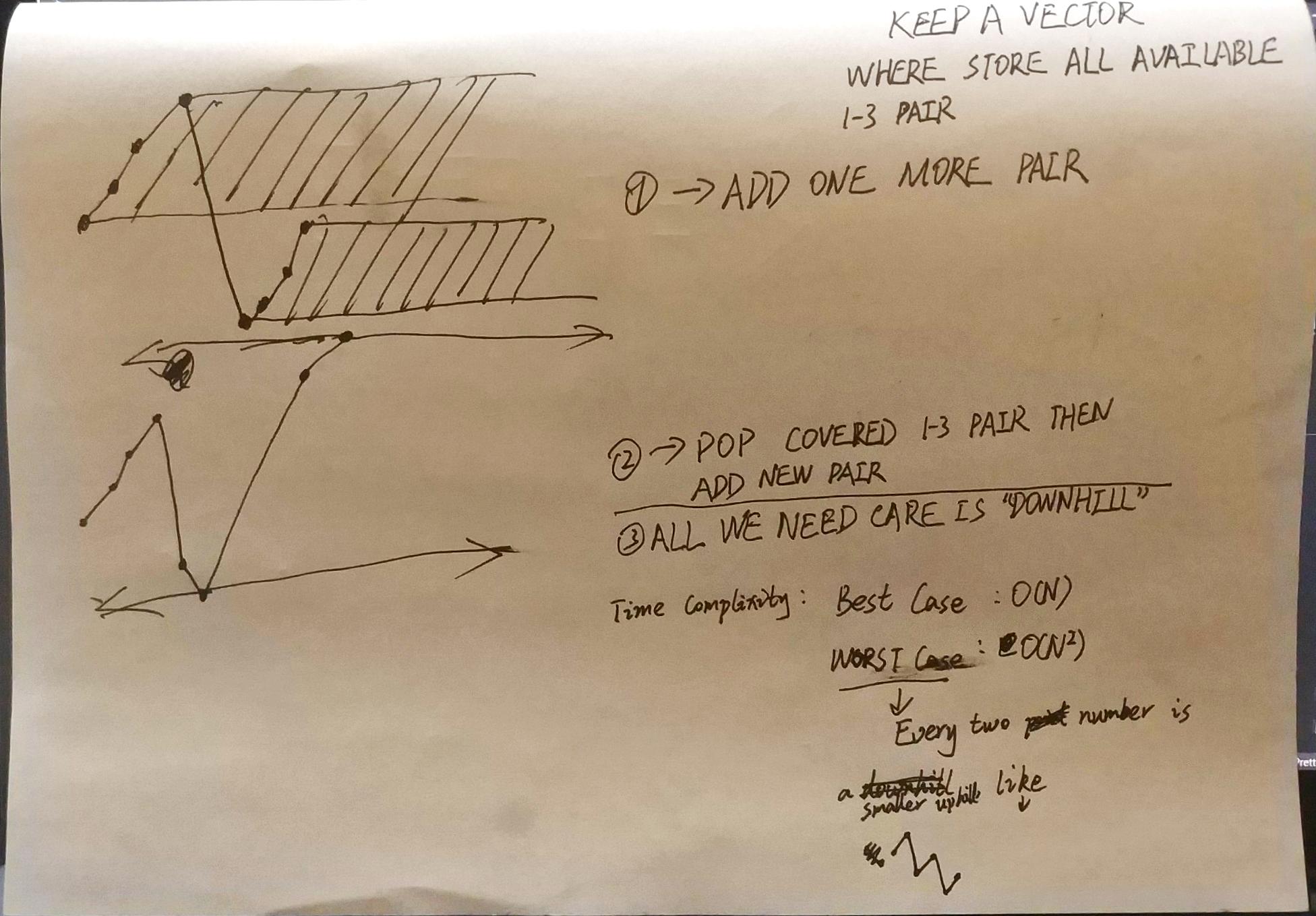2020-10-23 Daily-Challenge
Today I have done Largest Number on leetcode and leetcode's October LeetCoding Challenge with cpp.
Add One Row to Tree
Description
Given a list of non-negative integers nums, arrange them such that they form the largest number.
Note: The result may be very large, so you need to return a string instead of an integer.
Example 1:
Input: nums = [10,2]
Output: "210"
Example 2:
Input: nums = [3,30,34,5,9]
Output: "9534330"
Example 3:
Input: nums = [1]
Output: "1"
Example 4:
Input: nums = [10]
Output: "10"
Constraints:
1 <= nums.length <= 1000 <= nums[i] <= 109
Solution
not very obvious solution
class Solution {
public:
string largestNumber(vector<int>& nums) {
vector<string> tmp;
string answer = "";
for (auto i : nums) {
tmp.push_back(to_string(i));
}
sort(tmp.begin(), tmp.end(), [](const string& a, const string& b) {
return a+b>b+a;
});
for (auto &s : tmp) {
answer += s;
}
return answer[0]=='0'?"0":answer;
}
};
October LeetCoding Challenge 23
Description
132 Pattern
Given an array of n integers nums, a 132 pattern is a subsequence of three integers nums[i], nums[j] and nums[k] such that i < j < k and nums[i] < nums[k] < nums[j].
Return true if there is a 132 pattern in nums, otherwise, return false.
Follow up: The O(n^2) is trivial, could you come up with the O(n logn) or the O(n) solution?
Example 1:
Input: nums = [1,2,3,4]
Output: false
Explanation: There is no 132 pattern in the sequence.
Example 2:
Input: nums = [3,1,4,2]
Output: true
Explanation: There is a 132 pattern in the sequence: [1, 4, 2].
Example 3:
Input: nums = [-1,3,2,0]
Output: true
Explanation: There are three 132 patterns in the sequence: [-1, 3, 2], [-1, 3, 0] and [-1, 2, 0].
Constraints:
n == nums.length1 <= n <= 104-109 <= nums[i] <= 109
Solution
I write a ugly solution and follow by a quick explanation
class Solution {
public:
bool find132pattern(vector<int> &nums) {
if(nums.size() < 3) return false;
vector<pair<int, int>> s;
int one = 0, three = -1;
for(int i = 1; i < nums.size(); ++i) {
while(i < nums.size() && nums[i] <= nums[i-1]) {
one = i;
i += 1;
}
if(i == nums.size()) break;
while(i < nums.size() && nums[i] >= nums[i-1]) {
for(auto &p : s) {
if(nums[i] > p.first && nums[i] < p.second) {
return true;
}
}
three = i;
i += 1;
}
if(i == nums.size()) break;
for(int j = s.size() - 1; j >= 0; --j) {
if(s[j].second <= nums[three]) {
s.pop_back();
} else {
break;
}
}
s.push_back(make_pair(nums[one], nums[three]));
for(auto &p : s) {
if(nums[i] > p.first && nums[i] < p.second) {
return true;
}
}
one = i;
}
return false;
}
};

I rewrite it into a ... more ugly version?
class Solution {
public:
bool find132pattern(vector<int> &nums) {
if(nums.size() < 3) return false;
vector<pair<int, int>> s;
int one = 0, three = -1, i = 1, c = 1, pc = 1;
while(i < nums.size()) {
switch (c) {
case 1:
if(nums[i] <= nums[i-1]) one = i;
else pc = 3;
break;
case 3:
if(nums[i] >= nums[i-1]) {
for(auto &p : s) {
if(nums[i] > p.first && nums[i] < p.second) {
return true;
}
}
three = i;
} else {
pc = 2;
}
break;
case 2:
for(int j = s.size()-1; j >=0 && s[j].second <= nums[three]; --j) {
s.pop_back();
}
s.push_back(make_pair(nums[one], nums[three]));
for(auto &p : s) {
if(nums[i] > p.first && nums[i] < p.second) return true;
}
one = i;
pc = 1;
}
i += pc==c;
c = pc;
}
return false;
}
};